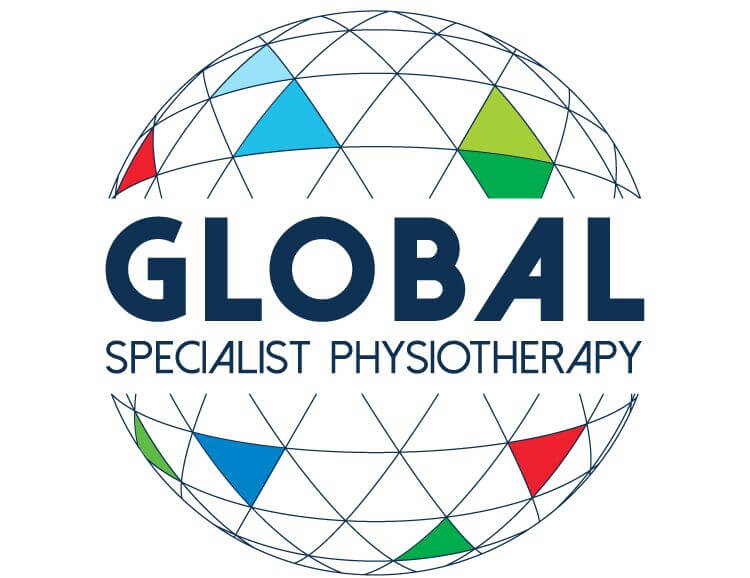Diabetes
Diabetes
Diabetes is a chronic illness characterized by hyperglycaemia resulting from defects in insulin secretion, insulin action, or both. Left untreated those with Diabetes can expect a high risk of long-term complications, including damage, dysfunction, and failure of various organs. There are different classifications of Diabetes, Type 1 (T1D), Type 2 (T2D) and Gestational diabetes (GDM) being the most common.
Type 1 Diabetes (T1D)
Often those with T1D will need insulin replacement therapy to manage the illness. There are different kinds of insulin therapies and those with T1D (or their caregivers) will need to become educated on what regime works for their individual needs.
T1D and exercise
Exercise increases insulin sensitivity and provides an alternate pathway for glucose to enter our cells, this means that during and after exercising our blood glucose levels vary more dramatically. It is especially important for those with T1D to monitor their BGL before, during and after exercise, especially if they are trying a new form of physical activity or are unaware of their early signs of hypoglycaemia (low blood glucose). Adjustments to their insulin therapy regime may be needed when completing exercise. In children with T1D, discussion with their medical professional is advised prior to commencing a new activity so they and their caregiver can be well educated on how and when to change insulin dosages.
Recent food intake, pre-exercise BGL, medications and general sense of wellness are all things to consider before commencing each exercise session.
Contraindications to starting or continuing with an exercise session include:
– BGL <4.0mmol/L – BGL >15mmol/L with symptoms of weakness/tiredness or with ketosis
– Hyperglycaemic event within the previous 24hrs that required assistance from another person to treat.
– Feeling unwell
Thinking about commencing an exercise routine may feel overwhelming to those with T1D considering the potential loss of glycaemic control, or hypoglycaemic event. Thankfully, there are plenty of resources available to help overcome these barriers by increasing their knowledge around exercise management. Diabetes educators, exercise physiologists, support groups, guidelines, research paper to name a few.
Type 2 Diabetes (T2D)
T2D and exercise
Diet, exercise and behaviour adjustment is generally the first strategy prescribed to those newly diagnosed with T2D as well as to those at risk of developing T2D. There have been numerous studies showing the benefits of exercise for this population. Including but not limited to, improved glucose tolerance, increased insulin sensitivity, weight management, greater cardiovascular fitness, and reduced risk of all-cause mortality.
The benefits of exercise commence from day 1, with immediate as well as longer term (48-96hrs) effects on blood glucose uptake. This means that an ongoing exercise program is extremely beneficial to helping those with T2D lower their BGL. Of course, then we have even longer-term benefits such as weight management, which is important as obesity is the leading risk factor for developing T2D. Improvement in cardiovascular fitness is also a massive benefit of exercise to those with T2D, as this population are 2-4 times more likely to suffer from cardiovascular disease.
Recommendations for those with T2D –
Aerobic exercise: 150mins/week of moderate to vigorous exercise
• Spread over 3 to 7 days/week, with no more than 2 consecutive days between exercise bouts.
• Daily exercise is suggested to maximize insulin action
• Shorter durations (at least 75 minutes/week) of vigorous-intensity or interval training may be sufficient for younger and more physically fit patients
May be performed continuously, or as high-intensity interval training
Resistance training: Progressive moderate to vigorous resistance training should be completed 2-3 times/week on non-consecutive days
• At least 8 to 10 exercises, with completion of 1 to 3 sets of 10 to 15 repetitions
Flexibility and balance training: Recommended 2-3 times/week for older adults
Participation in supervised training programs is recommended to maximise health benefits of exercise for those with T2D.
Gestational Diabetes Mellitus (GDM)
So, what is GDM?
Simply put – Insulin allows blood glucose (or sugar) to be transported into your cells. Pregnancy hormones can block insulin and when that happens it leads to an increase in blood glucose (sugar) levels – known as hyperglycaemia. This is when women can be diagnosed as having Gestational Diabetes Mellitus (GDM).
GDM and exercise
How does exercise help?
Exercise provides an alternate pathway for blood glucose to enter your cells. This leads to lower blood glucose, and less risk of developing GDM. This alternate pathway also helps those who have been diagnosed with GDM to help manage the condition and lowers the risk of complications.
Now we know how important exercise is for lowering your risk of developing GDM and helping to manage GDM once diagnosed. So, what exercise is best? The great news is, that studies show no matter the mode of exercise – all forms of exercise can help to lower blood glucose levels.
That’s great news during pregnancy because it means there are endless options for how you can stay active! It is important to remember there are many other considerations during pregnancy that may impact what exercise might be most appropriate for you. So, it’s wise to work with a health professional with experience in women’s health to ensure you can stay as active as possible during your pregnancy and postpartum journey!
Exercise recommendations –
Women with GDM should exercise at least 2-3 times/week for 20-50minutes at a moderate intensity – mode is not as important as intensity.






